MAY 1, 2025
REFLECTIVE PRACTICE
Beyond Restrictive Practices
Building a Culture of Enablement
Reflections on Practice – Entry #2
The conversation around restrictive practices has dominated behaviour support for years, and for good reason.
Too many people with disabilities have been subjected to control-based environments, where risk minimisation outweighs voice, agency, and inclusion. The NDIS Quality and Safeguards Framework aims to reduce and eliminate these practices, and as practitioners, we play a key role in that vision.
But here’s the challenge:
We won’t eliminate restrictive practices until we build cultures that don’t require them.
This is not just about policy. It’s about philosophy. It’s about shifting the entire focus of Behaviour Support from containment to capacity.
🔓 What Does a Culture of Enablement Look Like?
1. It Centres Capability Over Compliance
Traditional models ask:
How do we stop this behaviour?
Therapeutic Behaviour Support asks:
What needs to be built, so that this behaviour is no longer necessary?
When we see behaviour as a form of communication, we understand that restrictive practices are often symptoms of environments that do not enable participation, safety, or expression.
2. It Designs With, Not For
Enablement is not something we deliver, it’s something we co-create.
Using the BASIC System Model of Therapeutics (BMT), we engage with the person and their world through our PPSS lens (Person, People, Systems, Settings) to ask:
- What does meaningful participation look like here?
- What scaffolds can we build to reduce distress before it escalates?
- How can natural supports replace imposed restrictions?
❝ Restrictive practices are often substitutes for missing structures of care. ❞
3. It Understands Risk as Relational
Risk doesn’t live in a behaviour. It lives in systems.
A culture of enablement acknowledges that safety arises not from control, but from:
- Predictability
- Trust
- Skilled co-regulation
- Shared responsibility
Restrictive practices often emerge when systems feel overwhelmed or unsupported. In therapeutic practice, we support the system as well as the individual.
4. It Embeds Human Rights Into Everyday Practice
Enablement is not a bonus feature, it’s a right.
When we design behaviour support around safety, participation, and freedom from coercion, we’re not just delivering good practice. We’re honouring the UN Convention on the Rights of Persons with Disabilities, which underpins the NDIS.
❝ To reduce restriction is to restore rights. ❞
We move from managing risk to promoting freedom. And that’s what makes behaviour support therapeutic.
🌿 Final Reflection
We cannot just reduce restrictive practices. We must replace them with practices that:
- Foster growth
- Build trust
- Honour agency
- And co-create a world in which control is unnecessary
A culture of enablement is one where behaviour support is no longer feared, but welcomed as a tool of partnership and possibility.
Because true behaviour support does not limit, it liberates.
📘 Next entry: “Practitioner Identity in Behaviour Support – Ally, Advocate, or Enforcer?” Follow or subscribe to join the journey.
Subscribe to stay up to date with all things CBChange
Keep updated with CBChange! Subscribe for news on our impactful Therapeutic Behaviour Support, inspiring stories, events, and insights from Inclusive Therapeutics. Stay ahead with our latest initiatives and opportunities to engage. Join our community and contribute to the positive change!


